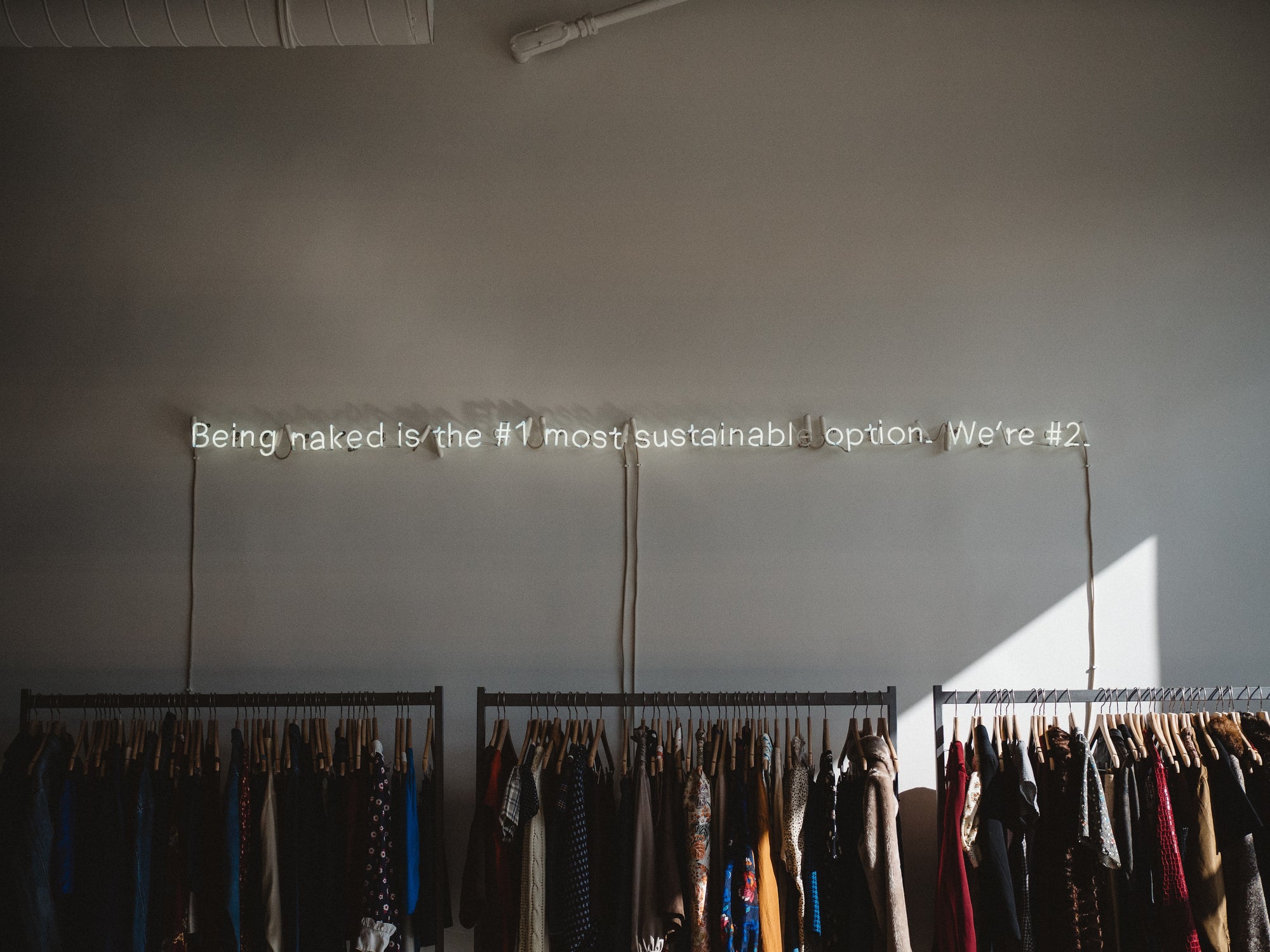- Organic Cotton: Cotton farmed without the use of synthetic fertilizers or pesticides is known as "organic cotton." It's more environmentally friendly than regular cotton because it's prepared without toxic chemicals.
- Recycled Cotton: Cotton that has been recycled from consumer goods, such as unwanted garments or fabric remnants, is called "recycled cotton." As a result, less stuff gets thrown away, and more stuff gets re-used. Don't worry though, it's thoroughly sanitized and clean and made into something good as new!
- Hemp: Hemp grows quickly and needs very little in the way of fertilizer or pesticides. It's a greener option to conventional textiles because it breaks down in the compost after its useful life is up.
- Linen: Linen comes from the flax plant, a sustainable crop that uses very little water during the growing process. It's a sturdy material that will last a long time and may be reused after being recycled.
- Tencel: The sustainable fabric Tencel is a variety of lyocell, which is derived from wood pulp. It's a soft, pleasant fabric that can be composted after its useful life has ended.
- Modal: The sustainability of Modal, another form of lyocell, is comparable to that of Tencel. It's an extremely absorbent cloth that's also quite soft and lightweight.
- Bamboo is a fast-growing grass that thrives with minimal care and pesticide use. It's a tough material that may be reused several times.
- Wool is a renewable resource obtained from the wool of sheep. It's an insulating fabric that can be composted after its useful life has ended.
The materials and fabric aren't the only things to be cognizant of when shopping for sustainable garments. The textile creation process criteria should also be taken into account while selecting environmentally friendly fabrics:
- Where the fabric came from: Verify that eco-friendly materials like organic cotton or hemp were used in its construction.
- Be sure the cloth was produced in a responsible manner, using methods that don't harm the environment. Sometimes, fabrics use an excess of resources like water or could be made with chemicals that do some harm to the environment, yuck! Just do a little research or rely on brands that are transparent with their garment manufacturing so you know it all up front. 😉
- The fabric's expiration date: Ensure sure the cloth can be reused when its useful life is through by recycling or composting it. Some fabrics like 100% Cotton decompose in the right type of compost which reduces the amount of waste in the landfills.


